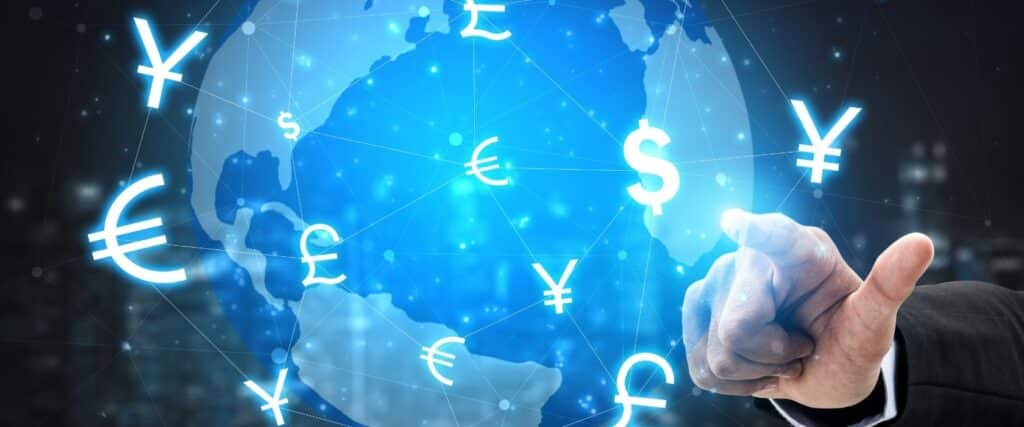Why Studying Economics Can Help Solve Climate Change: The Social Cost of Carbon
The social cost of carbon (SCC) is an estimated cost of the economic impacts of additional CO₂ emissions. By studying economics at the graduate level, students can delve into the modeling that goes into calculating the SCC, equipping themselves to shape climate-centric policies and spearhead impactful shifts toward a greener future.






